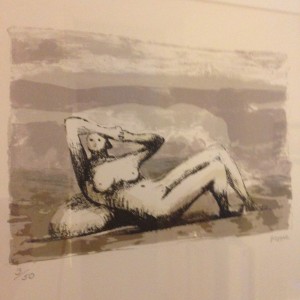The body is a landscape
What can we say about the human body? What should we say about the human body?
The living body is not a diagram, it is not a formula or an equation. It does not live in the flat pages of an illustrated text book. Each body is a landscape.
A landscape is a view, formed from a personal history of push and fold, grind and weathering. The mythology of its birth and evidence of former life and dwelling, now rendered with curves and slips and valleys. It has its own world of life, flow of rivers, mirrored surfaces of its seeing lakes, the tall peaks and the low heavy planted foot-hills. There is smoothness and gentle shapes as well as rough and course hardened ground.
This is a real body, it fits within a larger environment, yet has its own features and atmosphere, its temperament, its personality. The real body has shape and form but no idealised symmetry or equality, no delineated colours and stripped out packing. Its structure is of greens and shades and living things.
It is in this landscape that the osteopath may gaze and consider and delicately tread a path or track through undergrowth and meadows of undulation. The osteopath might pause and judge the softness of the soil and grasses, or the mineral sharpness of the stones and formations. He might wonder what tumulus forces have played a role in the geology of this tissue. He may wander and stop and wait and listen to the climate the wind the moisture in the air, the sound of the changing seasons.
And if invited and welcomed the osteopath may meet and hold and be held in the landscape of another’s person.
The osteopath is not in this instance the doctor, the therapist nor even the artist, but rather the fellow traveller, the partner in place and time, an archeologist, geologist, an invited explorer but never the trespasser.

